10+ SAMPLE Property Agreement
-
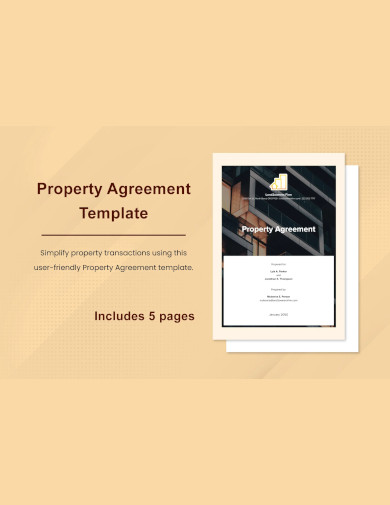
Sample Property Agreement Template
download now -

Lend Property Agreement Template
download now -

Cohabitation Property Agreement Template
download now -
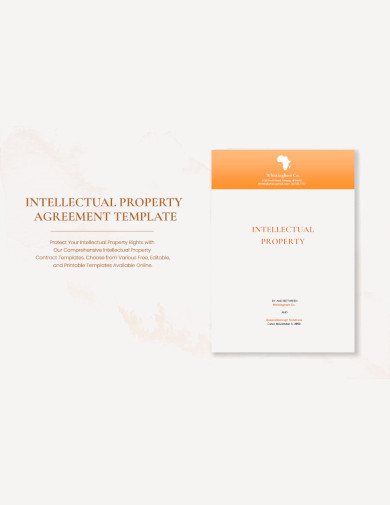
Intellectual Property Agreement Template
download now -
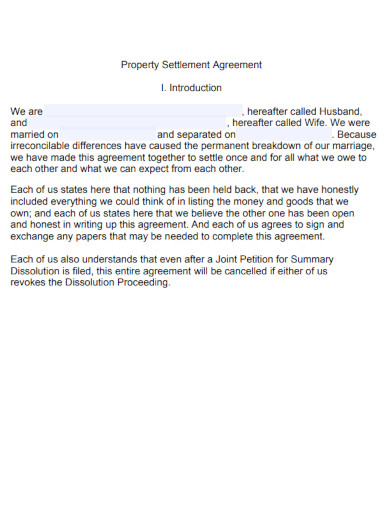
Property Settlement Agreement
download now -
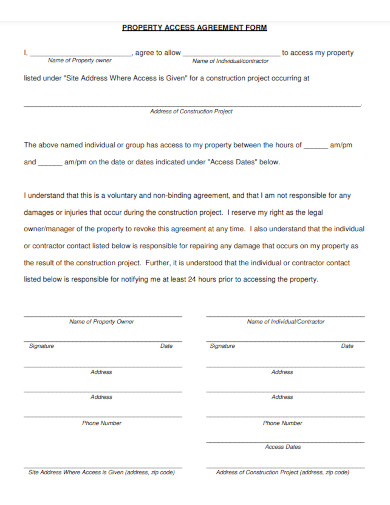
Property Access Agreement Form
download now -
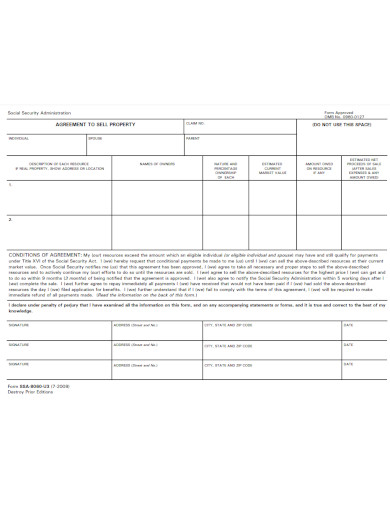
Agreement To Sell Property Template
download now -
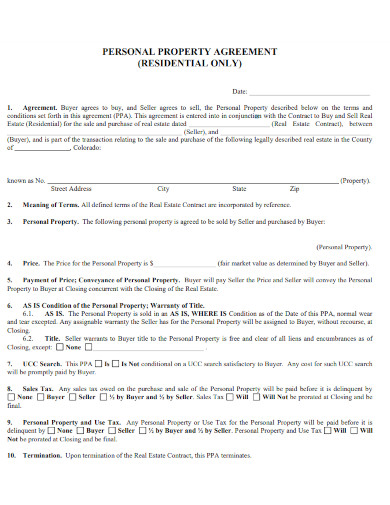
Personal Property Agreement
download now -
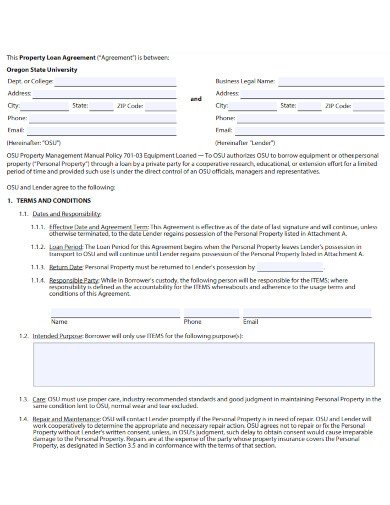
Property Loan Agreement
download now -
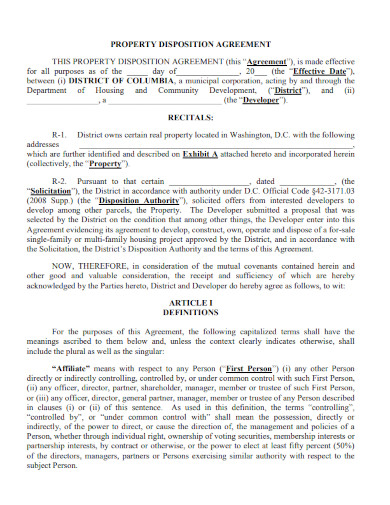
Property Disposition Agreement
download now -
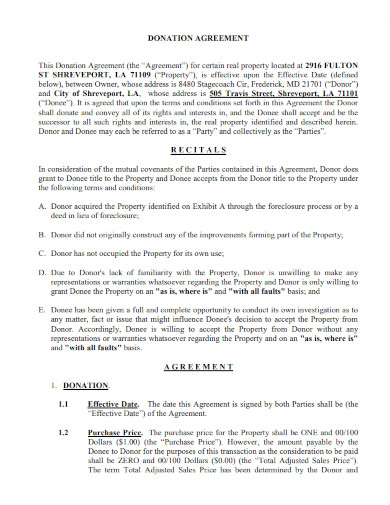
Property Donation Agreement
download now
What is Property Agreement?
A Property Agreement is a legal Sample document that outlines the terms and conditions regarding the ownership, use, and management of a property. This agreement is commonly used in various real estate transactions and can cover different types of properties, including residential, commercial, or industrial.
Key Elements of a Property Agreement:
1. Identification of Parties:
Clearly state the names and details of the parties involved, such as the buyer(s) and seller(s) or agreement landlord and tenant.
2. Property Details:
Provide a detailed description of the property, including its location, dimensions, and any specific features.
3. Lease:
Outline the terms of the sale or lease, including the purchase price or rental amount, payment schedule, and any security
4. Conditions and Contingencies:
Specify any conditions that must be met for the agreement to be valid, such as inspections or agreement of financing approvals.
5. Closing or Move-In Date:
Include the date when the property will officially change hands or when the tenant can move in.
6. Responsibilities of Parties:
Clearly define the responsibilities of each party, such as maintenance obligations, utility payments, and any restrictions on property use.
7. Dispute Resolution:
Detail how disputes will be resolved, whether through mediation, arbitration, or legal action.
8. Signatures:
Include spaces for the signatures of all parties involved, making the legally binding agreement .
What does it mean when a Property is Under Agreement?
When a property is said to be “under agreement,” it means that the buyer and seller have entered into a legally binding agreement, often referred to as a Purchase and Sale Agreement or a Sales Contract. This agreement outlines the terms and conditions of the property transaction and signifies that both parties have reached a mutual understanding and commitment to proceed with the sale.
Key points when a property is “under agreement”:
1. Legally Binding Contract: The agreement is a legally binding contract between the buyer and seller, establishing their respective rights and obligations.
2. Terms and Conditions: The agreement specifies crucial details such as the agreemnet of purchase price, closing date, any contingencies, and other terms agreed upon by both parties.
3. Contingencies: Common contingencies in a property agreement include financing contingencies, inspection contingencies, and appraisal contingencies. These provide the buyer with the option to withdraw from the agreement if certain conditions are not met.
4. Earnest Money: The buyer typically provides earnest money, a deposit, to show their sincerity in completing the transaction. This money is held in escrow until the closing.
5. Property Withdrawn from Market: Once a property is under agreement, it is often withdrawn from the market, indicating to other potential buyers that the seller has committed to a particular buyer.
6. Due Diligence Period: The buyer usually has a period, known as the due diligence period, to conduct inspections and investigations to ensure the property meets their expectations. If issues arise during this period, the buyer may negotiate repairs or even withdraw from the agreement based on agreed-upon contingencies.
7. Closing Process: The agreement sets the stage for the closing process, during which the final paperwork is completed, and ownership of the property officially transfers from the seller to the buyer.
What are Agreements Regarding the use of Property?
Agreements regarding the use of property encompass a variety of legal documents that outline the terms and conditions governing how a property can be utilized. These agreements are essential to establish clear expectations, rights, and responsibilities for the parties involved. Here are some common types of property use agreements:
1. Lease Agreement:
A lease agreement is a contract between a agreement of landlord and a tenant that grants the tenant the right to use the property for a specified period. It outlines terms such as rent, duration of the lease, maintenance responsibilities, and any restrictions on use.
2. Easement Agreement:
An easement agreement grants someone the legal right to use another person’s property for a specific purpose. This could include granting access to a neighboring property, allowing utility companies to install and maintain equipment, or providing a pathway for pedestrians.
3. License Agreement:
A license agreement gives someone permission to use another person’s property for a particular purpose without transferring any property interest. Unlike a lease, a license is typically revocable and does not confer exclusive possession.
4. Covenant Restrictions:
Covenants are restrictions placed on a property’s use, often found in homeowners’ association (HOA) agreements or deeds. These restrictions may include guidelines on property aesthetics, land use, and activities to maintain a certain standard within a community.
5. Commercial Lease Agreement:
Similar to a residential lease, a commercial lease agreement outlines the terms for renting commercial properties, such as retail spaces, offices, or industrial facilities. It addresses issues specific to commercial use, like zoning compliance and business operations.
6. Farm Lease Agreement:
A Agreement of farm lease is designed for leasing agricultural land. It includes provisions related to farming activities, crop sharing, and the use of facilities on the property.
7. Short-Term Rental Agreement:
This type of agreement is used for renting property on a short-term basis, such as vacation rentals. It typically outlines the rental period, payment terms, and rules for property use.
8. Right of Way Agreement:
Similar to an easement, a right-of-way agreement grants someone the right to pass through a property to access another location. This is common in situations where a property blocks the most direct route to a neighboring property.
What is the Purpose of a Property Agreement?
The purpose of a Property Agreement is to establish a clear understanding between parties involved in a property transaction. It outlines the rights, responsibilities, and obligations of both the buyer and the seller or landlord and tenant.
What Information is Included in a Property Agreement?
A Property Agreement typically includes details such as the names and details of the parties, property description, purchase or rental price, closing date, contingencies, and any specific conditions agreed upon.
In conclusion, mastering property agreements is crucial for seamless real estate transactions. This guide provided valuable insights into crafting effective property agreements. From understanding key elements to navigating contingencies, it empowers readers with the knowledge to navigate the complexities of property transactions. Armed with these tips, individuals can confidently create agreements that protect their interests and foster successful property dealings.
